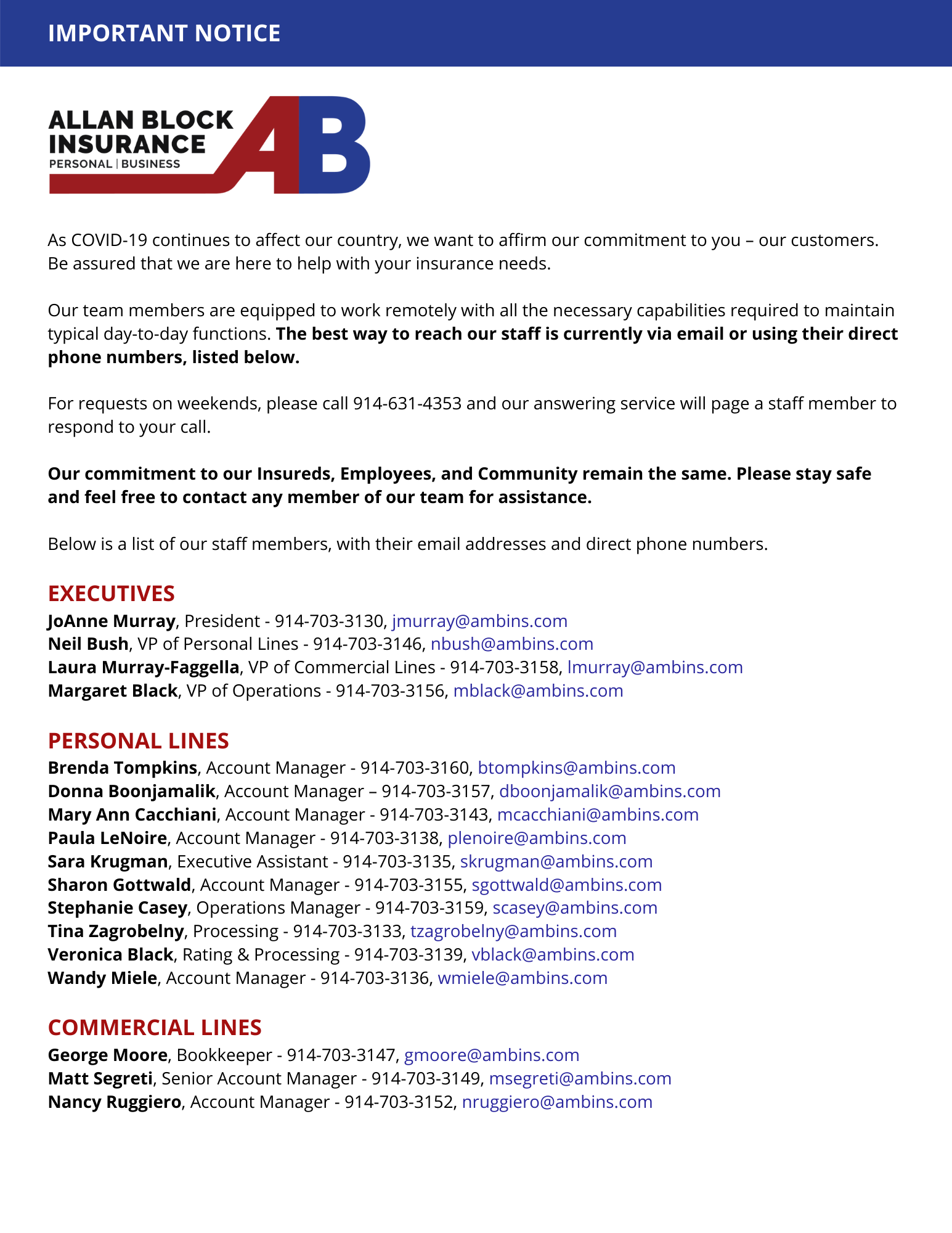As we approach the more concerning weeks of hurricane season here in NY, an old insurance memory crosses my mind. Let’s rewind back to 2012, and a storm with a name most of us in the greater NYC area would prefer to never hear again: Sandy.
Regardless of job title, everyone on staff was a claims representative in the days and weeks that followed the storm. Fortunately, our agency did not lose power, but many couldn’t get to the office. This was pre-WFH and most of our staff did not have access to calls coming in. The few of us who did were struggling to keep up with the high volume of claims being reported.
While most of the claims were similar, we definitely tried to add a level of humanity to each call; these people had been through a true catastrophe. The caller I can’t forget was a mom, who said that out of nowhere, water erupted from her sinks, toilets, every plumbing drain in her home. Within six minutes, she and her family were climbing out the skylight onto the roof of their home, as water had reached the second floor and was still rising. Six minutes.
Imagine being told you have six minutes to gather what you can of your life and the rest will be lost forever. What would you take? Would you be ready? Would you have that level of grace under that kind of pressure to know what to take in an emergency, and what to leave behind? I can’t say that I would, and if you can’t either, that’s ok.
That being said, I have a homework assignment for you. There’s no deadline. Whether you call it a road-bag, a bug-out-bag, or an emergency kit, you’d be wise to pack one on a bright sunny day when you have far more than six minutes to spare.
What should you bring? There are likely hundreds of suggestions on various websites online, but for now, let’s stick to some basics – and one that might surprise you. A basic survival kit should contain a means of making a fire, something to purify water, a temporary shelter, and something edible that can outlast time itself (maybe you’re the MRE type, maybe beef jerky and trail mix, this one is up to you). Depending on the nature of the crisis, you might find yourself at a prepared shelter like a local school – or conversely, you might find yourself in the middle of nowhere after bringing your family as far from danger as possible.
When survival is at stake, sometimes the little things can make all the difference. A couple of fish-hooks and some line can be the difference between dinner and depression, and they barely take up space in the bag. This is just one example. A flashlight and batteries should be in there as well. Pack a small compact mirror too – they’re great for getting the attention of someone else with a flashlight. Some family photos should also be in there, if for nothing else than to keep your mind on what’s important. I wouldn’t bring the entire vacation album but 6-10 pictures won’t take up much space.
Now for the one you probably didn’t think of. A list of your insurance policies, including policy numbers, effective dates, and claims phone numbers (maybe some brief coverage info from your declarations pages). If your home is destroyed, your carrier will have no way of knowing if you don’t call in. Calling in with all of your information ready will also get your claim filed as quickly as possible, and on the days following a disaster, when materials and assistance can be scarce, minutes and seconds count. Be sure to plan ahead so that if heaven forbid the worst should happen to you and yours, you can make the most of your six minutes.



